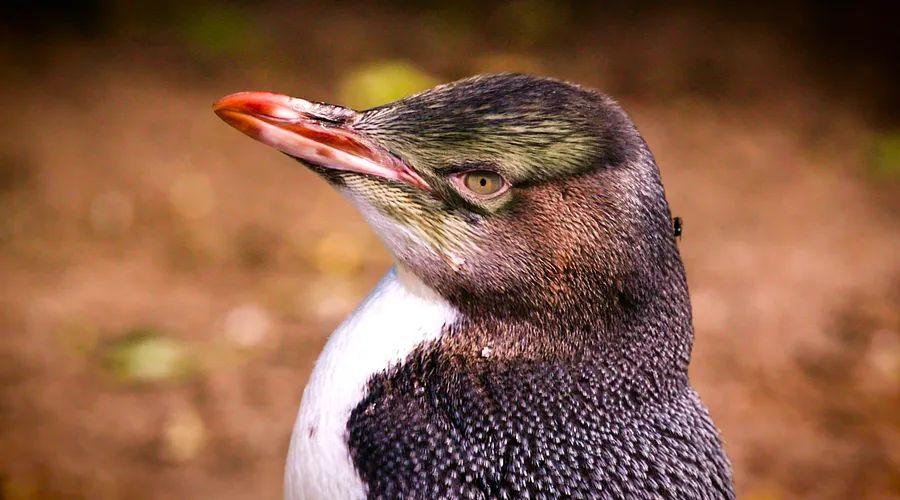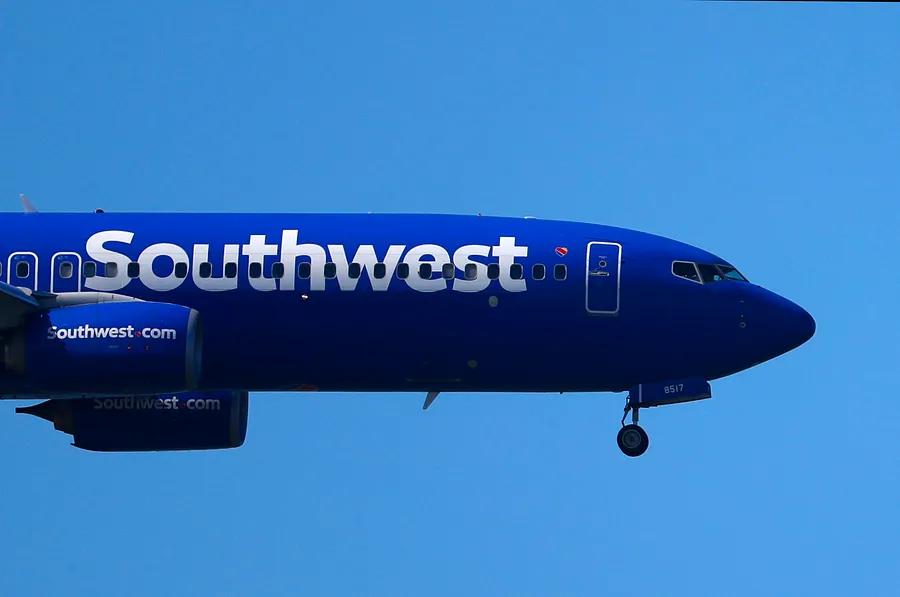At this rehab center in New Zealand, the patients aren't humans – they're penguins

Tough, spirited, and feisty – that's how those who work closely with yellow-eyed penguins describe them with affection.
“They’re not as endearing as they may appear,” says Jason van Zanten, conservation manager at Penguin Place on New Zealand's Otago Peninsula. “They can deliver a pretty sharp slap.”
Known locally as hoiho, which translates to “noise shouter” in Māori, the yellow-eyed penguin is the largest penguin species found on New Zealand’s mainland, where they breed and live.
However, their numbers have plunged over the past three decades due to a growing list of threats, including predators, climate change, and disease. “In the last decade, we've seen a 75% drop in their population,” says van Zanten.
With only about 3,000 mature individuals remaining in the wild, the yellow-eyed penguin is one of the most critically endangered penguin species on the planet.
Conservationists are now mobilizing to protect this vulnerable species. Penguin Place, where van Zanten works, offers a sanctuary for hoiho to rest and recover, while just a short distance away, The Wildlife Hospital in Dunedin treats penguins suffering from severe injuries and illnesses.
These penguin sanctuaries are racing against time to preserve the dwindling population and provide the ‘noise shouters’ with a fighting chance at survival.
Rehabilitation for penguins
Although Penguin Place cares for all injured or malnourished birds, including other species of penguins, hoiho are the most frequent patients, according to van Zanten.
The rehabilitation center was established in 1985 when local farmer Howard McGrouther fenced off about 150 acres of his land to create a sanctuary for the eight pairs of yellow-eyed penguins that nested there.
McGrouther laid the groundwork for the rehab center and began replanting native trees that had been cleared for farming, says van Zanten, who started at the center as a laborer and now manages its operations. The center was solely funded by tourism until the Covid-19 pandemic forced it to close, after which it received government support through the Department of Conservation, van Zanten explains.
Starvation is a significant issue for hoiho, with around 80% of the penguins arriving at the center malnourished, according to van Zanten. Commercial fishing has reduced the availability of the small fish and squid they rely on for food, and shifting sea temperatures caused by climate change have changed where their prey can be found.
Environmental threats, like toxic algae blooms and water pollution, have put even more pressure on the hoiho’s habitat. On land, rising temperatures are also posing an increasing threat to the already vulnerable species.
“They prefer cooler conditions, and with the rising temperatures, they’re becoming more stressed and are overheating,” says van Zanten.
An unexplained illness
In addition to starvation, many hoiho are brought to Penguin Place with diseases and injuries, and that's when The Wildlife Hospital in Dunedin, a facility dedicated to native species, provides crucial care.
On land, hoiho face threats from mammals such as dogs and stoats, which can cause serious wounds to the penguins or their chicks. In the water, sharks and barracouta, a predatory fish with sharp teeth, often deliver 'devastating injuries,' says Lisa Argilla, a senior wildlife veterinarian and director of The Wildlife Hospital, Dunedin.

Hoiho also suffer from a range of diseases, including avian malaria and dermatitis, which can be treated with antibiotics at the hospital. Over the past 20 years, avian diphtheria has had a devastating impact on the species: it causes painful mouth lesions that make eating difficult, leading to starvation.
Now, a new, unidentified disease is impacting hoiho chicks. Dubbed 'red lung,' the condition causes severe respiratory issues, according to Kate McInnes, a threatened species veterinarian with New Zealand's Department of Conservation.
The first cases of 'red lung' were recorded five years ago, but the disease has been on the rise in the last two years, McInnes reports. While it doesn't appear to be contagious, researchers are still working to identify its cause.
If chicks arrive at the hospital already infected with the mysterious disease, Argilla says they cannot be saved. However, she and her team have developed a solution: hand-raising the chicks at the hospital.
“If we catch them at the right age, when they’re very young, we can actually prevent the disease from affecting them,” Argilla explains. The chicks are removed from their nests shortly after hatching and, after 10 to 14 days, are returned to the wild to be reunited with their parents.
For birds that are sick or injured, The Wildlife Hospital sends them to Penguin Place after initial treatment, where they can recover before being released back into the wild. 'It’s rewarding for us to see the difference we’re making,' says Argilla.
A second chance?
At Penguin Place, the hoiho are housed in small enclosures equipped with rocks, wooden blocks, and shelters. They are put on a high-calorie diet, fed fish twice daily, to help them gain weight before they are returned to the wild.
Most birds remain at the center for about two weeks before being released into the reserve, where they can mate and nest. 'The more time they spend in the wild, the better for them,' explains van Zanten.
Hoiho, being the world’s only solitary penguin species, are naturally antisocial and prefer not to nest near other penguins. In fact, they may abandon their eggs if they spot another penguin nearby, says van Zanten. To give them a sense of privacy, Penguin Place has placed small A-frame wooden shelters scattered around the reserve, hidden among the trees and bushes near the beach.

While removing animals from the wild carries risks, McInnes emphasizes the necessity of a proactive conservation approach: 'If we don't intervene, many of these chicks will perish.' She expects a rise in the number of breeding pairs returning to the beach in the next year or two as a result of these efforts.
Van Zanten remains hopeful that the species can recover. Penguin Place has an outstanding success rate: over 95% of the 200 to 300 birds that come to the center each year are eventually released back into the wild. Last year, the center achieved a remarkable 99% release rate, offering optimism for the future of this critically endangered species.
'The work we're doing is absolutely vital for these penguins and their survival on the mainland,' says van Zanten.

1

2

3

4

5
Evaluation :
5/5